The Wicker Man is a classic cult 1973 British film filmed in Scotland, combining thriller, existential horror and musical genres, directed by Robin Hardy and written by Anthony Shaffer. The film stars Edward Woodward, Christopher Lee, Diane Cilento, Ingrid Pitt and Britt Ekland. Paul Giovanni composed the soundtrack.
The story follows a Scottish police officer, Sergeant Neil Howie, visiting the isolated island of Summerisle, in the search for a missing girl whom the locals claim never existed. The inhabitants of Summerisle all follow a reconstucted form of Celtic paganism, which shocks and appalls the devoutly Christian Sergeant.
The Wicker Man is generally very highly regarded by critics and film enthusiasts in general. Film magazine Cinefantastique described it as "The Citizen Kane of Horror Movies", and in 2004 the magazine Total Film named The Wicker Man the sixth greatest British film of all time. It also won the 1978 Saturn Award for Best Horror Film. A scene from this film was #45 on Bravo's 100 Scariest Movie Moments.
The work was later allocated as the first film of The Wicker Man Trilogy, with a sequel, entitled Cowboys for Christ, currently in production based on a book by Robin Hardy, 35 years after the film's original release. A third film, The Twilight of the Gods, is set for a later release.
A 2006 American remake has also been produced, from which Robin Hardy and other members of the British original disassociate themselves. A stage adaptation is also being produced for Autumn 2009.
A novelized version of the screenplay, attributed to both Shaffer and Hardy, was published in 1978.

Christopher Lee was well known as a Hammer Films regular, in particular playing Dracula in a series of successful films. At the time, Lee was looking to expand his acting horizons, and collaborated with British Lion head Peter Snell and playwright Anthony Shaffer (already well known for Sleuth) to develop a film based on the 1967 novel Ritual by David Pinner. Though the book was all but completely abandoned (all that survived from Pinner's book into the finished film is the scene in which Howie presses himself against his bedroom wall as a means of communing with the siren-like calls of Willow next door), the idea of an idealistic confrontation between a modern Christian and a remote, pagan community continued to intrigue Shaffer, who performed painstaking research on the topic. Brainstorming with director Robin Hardy, the film was conceived as presenting the pagan elements objectively and accurately, accompanied by authentic music and a believable, contemporary setting.
After Michael York and David Hemmings turned down the role of the policeman, television actor Edward Woodward was cast. In Britain he was already familiar as the TV spy Callan, a role he played from 1967 to 1972. He later gained international attention portraying the title character in the 1980 Australian film Breaker Morant. (American audiences probably know Woodward best for his role in the 1980s CBS TV series The Equalizer.)
Diane Cilento was lured out of semi-retirement after Shaffer saw her on the stage to play the town's schoolmistress, and Ingrid Pitt (another British horror film veteran) was cast as the town librarian and registrar. The Swedish actress Britt Ekland was cast as the innkeeper's lascivious daughter (perhaps for box office appeal), though her singing and possibly all her dialogue was redubbed by Annie Ross, and some of her nude dancing was performed by a double called Jane Jackson who lived in Castle Douglas at the time.
The film was produced at a time of crisis in the British film industry. The studio in charge of production, British Lion Films, was in financial trouble and was bought out by millionaire businessman John Bentley. To convince the unions that he was not about to asset-strip the company, Bentley needed to get a film into production quickly. This meant that The Wicker Man, a film set during spring, was actually filmed in October: artificial leaves and blossoms had to be glued to trees in many scenes. The production was kept on a tight budget. Christopher Lee was extremely keen to get the film made; he and others worked on the production without pay. While filming took place, British Lion was taken over by EMI Films.
The film was almost entirely filmed in the small Scottish towns of Gatehouse of Fleet, Newton Stewart, Kirkcudbright and a few scenes in the village of Creetown in Dumfries and Galloway. Culzean Castle in Ayrshire and its grounds were also used for much of the shooting. The end burning of the Wicker Man took place at Burrow Head (on a caravan site).



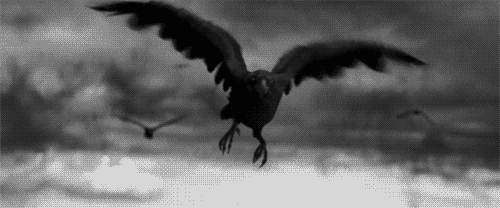
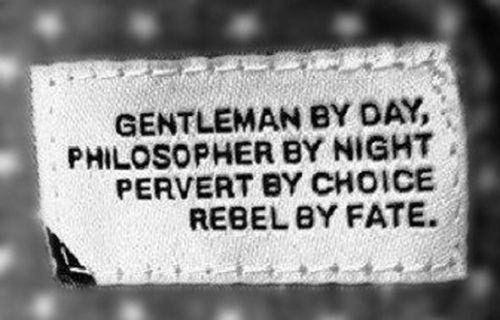



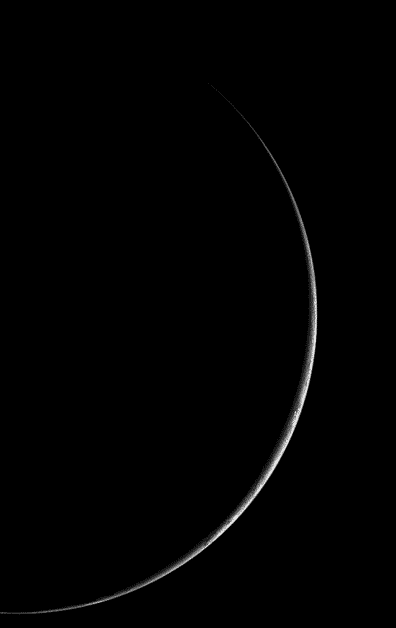








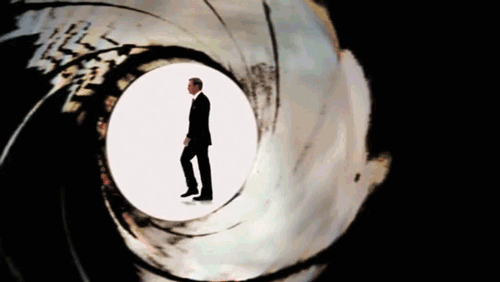


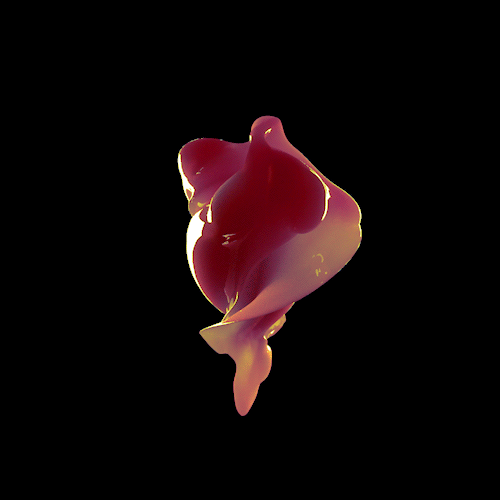


No comments:
Post a Comment